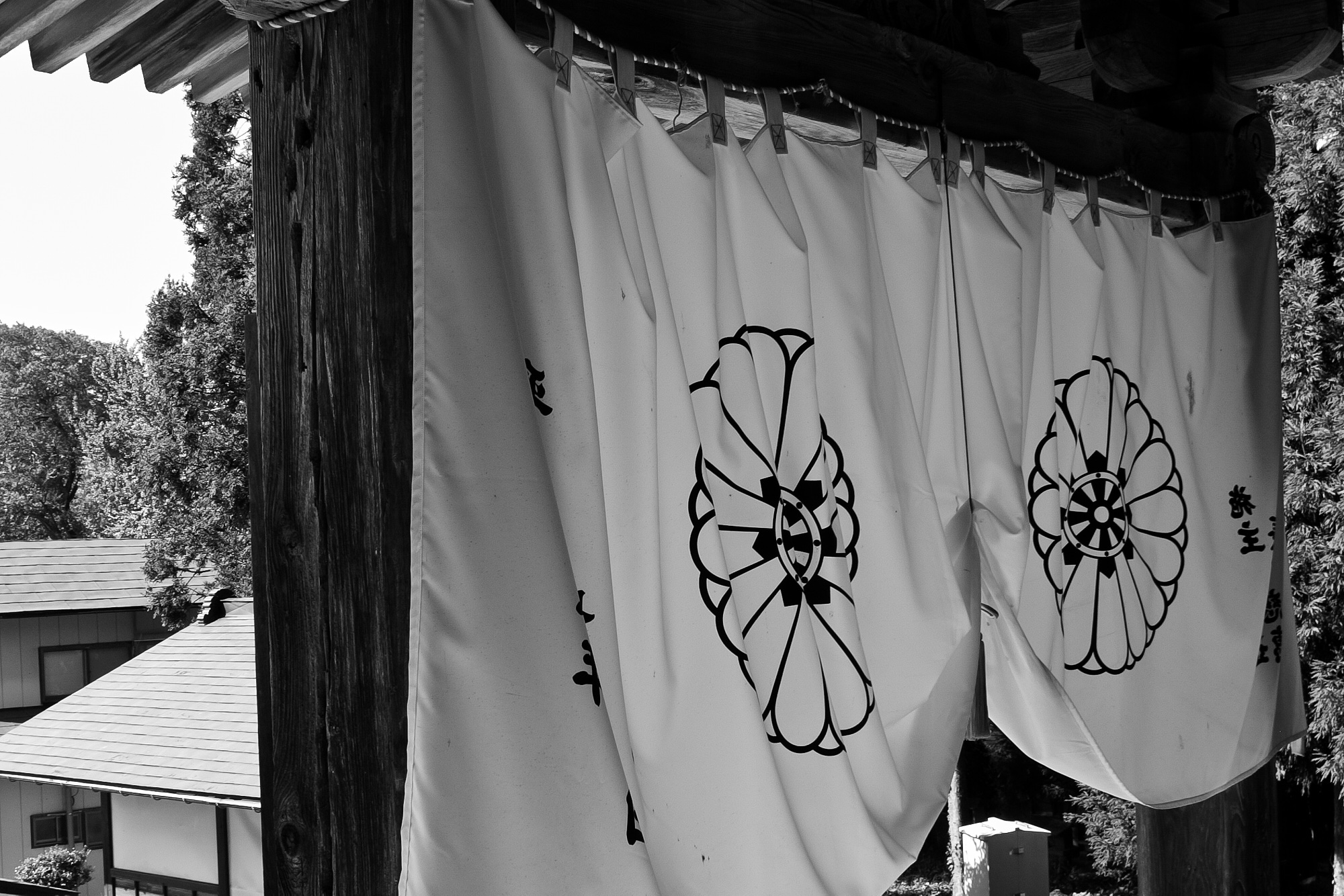Japan Pilgrimage
Updated:
Visiting sacred places has been an important component of my
martial arts training over the years.
It was in 2004, while visiting
the Dewa Sanzan area, including Gassan Dai Jinja (

"Moon Mountain Hall" (
Twenty years later, I spent time visiting Kyoto and Nara including the seat of Honzan-ha Shugendō, not far from the Kyoto Budōkan (the site of the Meiji-era Butokukan), the shrines and temples at Kuramadera associated to historical figures such as Yoshitsune and Kiichi Hogen and the Todaiji in Nara.
While in Kyoto, I realized I needed to continue to train in the manner I have been doing: focusing on an expression of Shinkage-ryū in a manner that is driven by Taoist principles and informed by my study of internal martial arts and Esoteric Buddhist and Taoist philosophy, instead of in a formal setting. Formal lines of Jikishinkage-ryū will survive on their own. While visiting Kuramadera I had the clear feeling I was doing something different and needed to pay attention to that realization.
In June 2025 I visited Koyasan Tokyo Betsuin